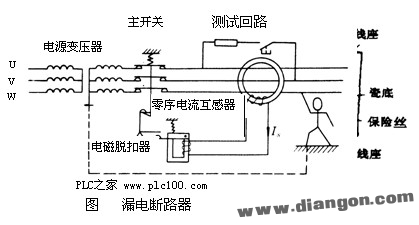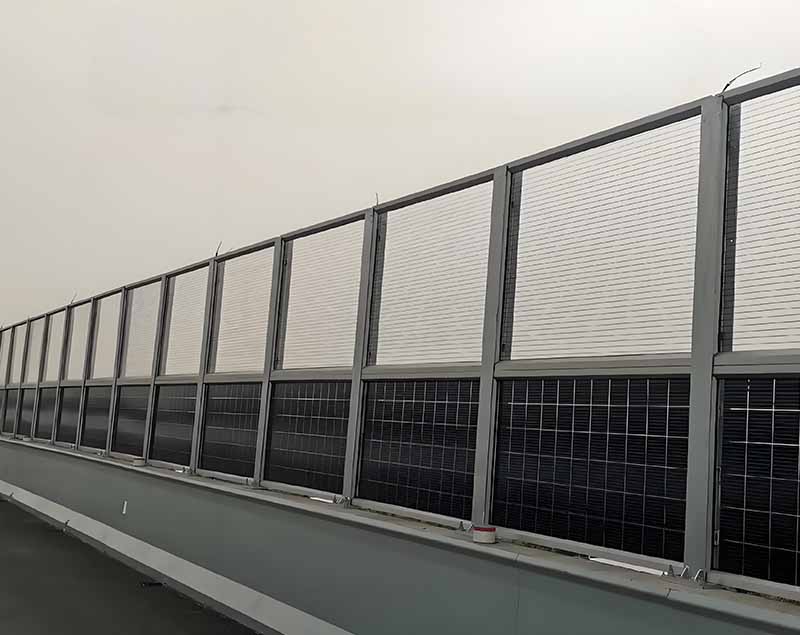(1) Function: A leakage protector, also known as a residual current device (RCD), is primarily used to quickly disconnect the power supply in case of electric shock or leakage, ensuring personal safety and preventing electrical accidents. Some models also provide overload and short-circuit protection, making them suitable for infrequent motor start-up and shutdown operations.
(2) Working Principle: Under normal operation, regardless of whether the three-phase load is balanced, the sum of the phasors of the three-phase currents passing through the main circuit of the zero-sequence current transformer is zero. This means no induced electromotive force (EMF) is generated in the secondary winding, and the RCD remains in a closed state. However, when a leakage or electric shock occurs, the sum of the three-phase currents is no longer zero. This imbalance current, denoted as Is, forms a loop through the human body’s neutral point, the earth, and the transformer. As a result, an EMF corresponding to Is is induced in the secondary winding of the zero-sequence current transformer. This signal is then sent to the trip unit. When Is reaches a certain threshold, the trip unit activates, causing the main switch to open and interrupt the circuit.

(3) Parameters and Types: Key parameters include rated current, rated leakage current, and rated leakage operation time. In terms of types, leakage protectors can be classified based on their action mode—voltage-action type or current-action type. They can also be categorized by their mechanism: switch type or relay type. Based on the number of poles and lines, they come in single-pole two-wire, two-pole, two-pole three-wire, and three-pole four-wire configurations.
(4) Selection Criteria: Choosing the right leakage protector depends on its intended use and operating conditions. For personal safety, high-sensitivity and fast-acting devices should be installed at the end of the line. For equipment grounding and protection, medium-sensitivity and fast-acting models are appropriate. To prevent fires caused by leakage, medium-sensitivity and time-delayed devices are recommended. Regarding power supply configuration, single-phase systems require single-pole two-wire or two-pole devices, while three-phase systems need three-pole or three-pole four-wire models if both three-phase and single-phase loads are present.
(5) Installation Tips: When selecting the number of poles for a leakage protector, it must match the number of lines in the protected circuit. After installation, it's important to check the reliability of the leakage protector, especially after installing meters and fuses. Regular inspections should also be conducted to ensure continued safe operation.

Photovoltaic sound barrier,Solar-powered sound barrier,Photovoltaic noise barrier,Solar noise barrier
Hebei Shuobiao New Energy Technology Co., Ltd. , https://www.pvbracketsystem.com